Android 15: latest news and everything you need to know
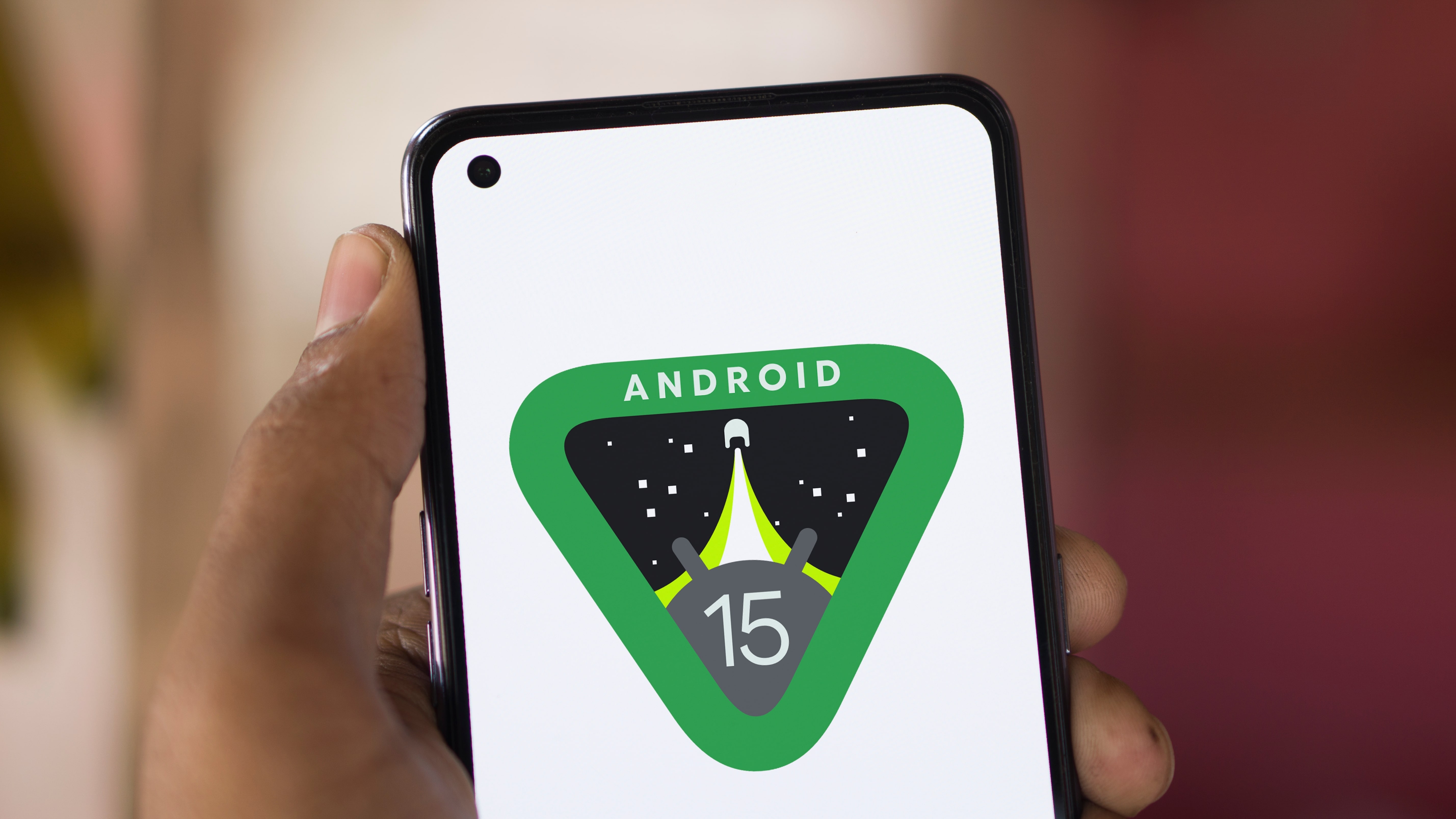
Android 15 – or Vanilla Ice Cream as it was codenamed – is finally here, as following multiple developer previews and public betas, the finished version has now been rolled out, albeit only on select handsets so far.
Below, you’ll find all the news and details about Android 15, including its features, plus when you can expect to see it on your handset and the phones that are set to support it.
Check back here soon too, because we’ll be updating this article whenever there’s new information about Android 15.
Cut to the chase
- What is it? The next major version of Android
- When is it out? Now on Pixel and OnePlus, coming soon to other devices
- How much will it cost? This will be a free update
Android 15: release date
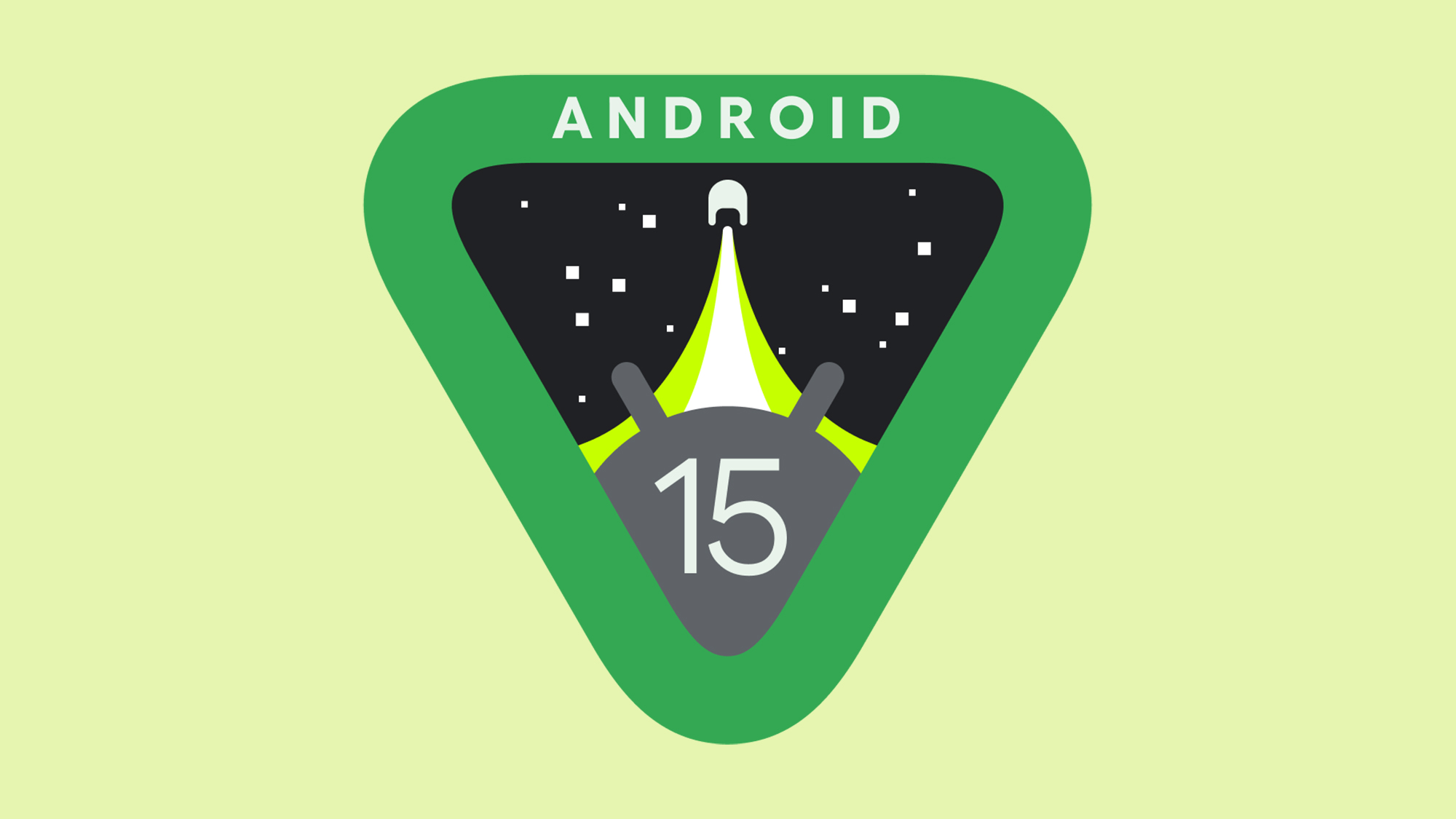
Android 15 rolled out in mid-October, though initially only to Pixel devices.
This timing wasn't too surprising, since Android 14 launched properly on October 4, 2023 (as did Android 12 in 2021), though Android 13 landed on August 15, 2022.
Since the initial launch, the OnePlus 12 and OnePlus 12R got Android 15, and Samsung has started rolling Android 15 out to its phones too, beginning with the Samsung Galaxy S24 series, the Samsung Galaxy Z Fold 6, and the Samsung Galaxy Z Flip 6. However, a bug has halted Samsung's rollout at the time of writing.
Android 15: compatibility
Google Pixel phones – specifically the Pixel 6, Pixel 6 Pro, Pixel 6a, Pixel 7, Pixel 7 Pro, Pixel 7a, Pixel Fold, Pixel 8, Pixel 8 Pro, Pixel 8a, Pixel 9, Pixel 9 Pro, Pixel 9 Pro XL, and Pixel 9 Pro Fold – were unsurprisingly the first phones to get Android 15. So if you have one of these, you can update to Android 15 now.
Sign up for breaking news, reviews, opinion, top tech deals, and more.
Since then, the OnePlus 12 and OnePlus 12R have also been updated to Android 15, and Samsung has started rolling out Android 15 to its phones too.
But Android 15 is likely to launch on many more devices soon (more on these below).
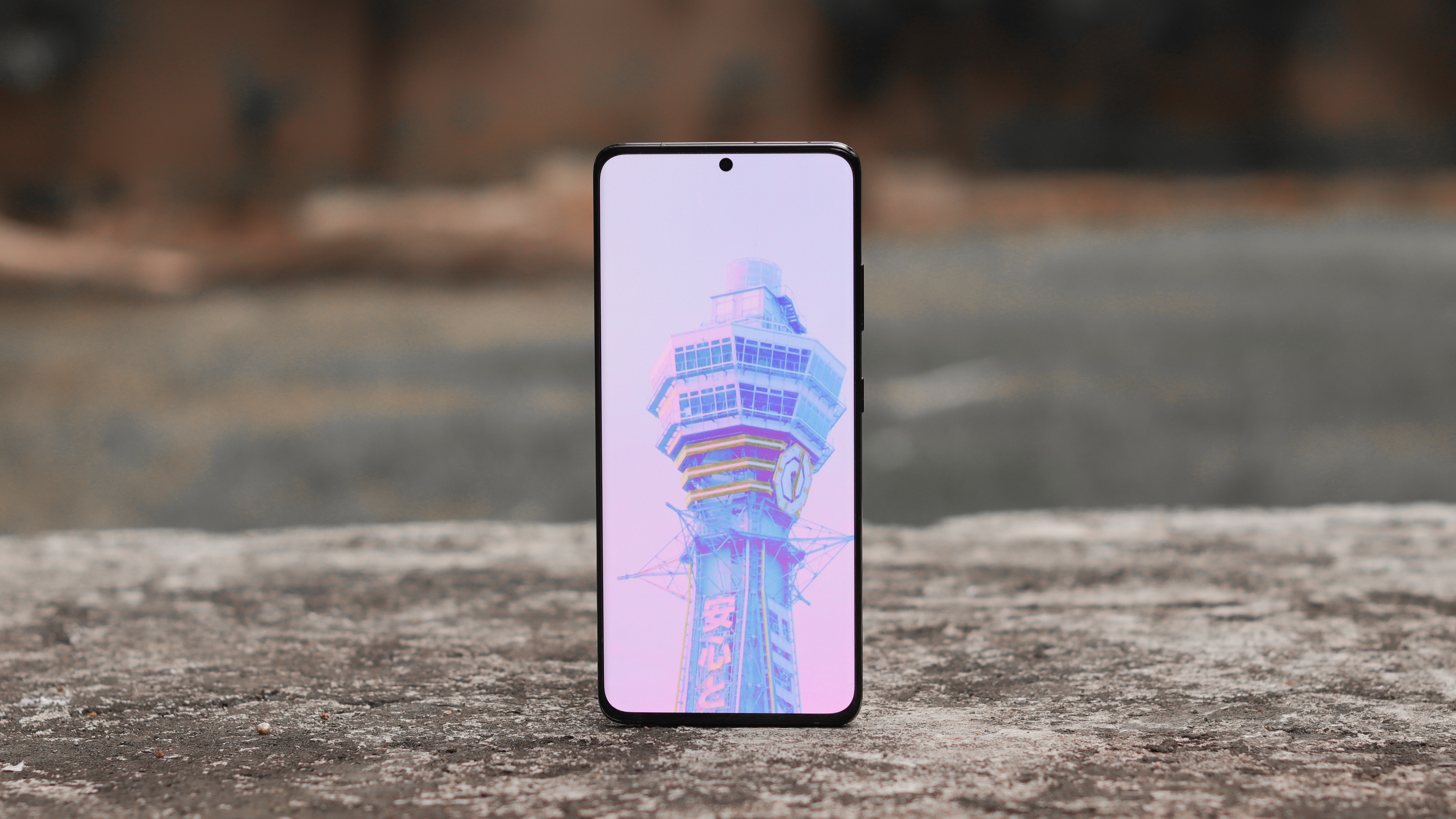
For Samsung, the Samsung Galaxy S24, Samsung Galaxy S24 Plus, Samsung Galaxy S24 Ultra, Galaxy S23 line, Galaxy S22 line, and Galaxy S21 line should all get Android 15. As should Samsung’s foldable phones from the Galaxy Z Fold 3 and Z Flip 3 onwards, including the yet-to-be-released Samsung Galaxy Z Fold 6 and Samsung Galaxy Z Flip 6.
Many Galaxy A models will also get Android 15, such as the Galaxy A24, A33, A34, A53 5G, A54 5G, and A73, among others.
Numerous phones from other brands should also get Android 15, with highlights including the Sony Xperia 1 V, Sony Xperia 5 V, Xiaomi 13, and Motorola Razr Plus 2023. Motorola has also now rolled a beta version out to select Edge 50 devices, so the Motorola Edge 50 series should soon get the finished version of Android 15 too.
That’s by no means all the phones that we expect to get Android 15. As a general rule, if your phone is mid-range or above, and will be no more than two years old at the launch of Android 15, it will probably get the update. Many older and cheaper phones will too, though.
You can also expect to see Android 15 on many Android tablets, such as the Pixel Tablet (which already has it) and the Samsung Galaxy Tab S9 series.
Note however that Android 15 is only compatible with devices that have at least 32GB of storage, so some of the very cheapest phones and tablets will be unable to get it.
Android 15: features
Android 15 won't be the same on every device, as different manufacturers will put their own twist on it. Plus, Google is sure to keep adding to Android 15 with smaller updates ahead of Android 16. But below, you'll find the key features that have already launched for it or that we expect.
Private Space

Android 15 also includes a native version of Samsung’s Secure Folder feature, giving non-Samsung phones the ability to hide sensitive apps in a separate, hidden area called Private Space.
Private Space requires a PIN, pattern, password, or biometrics to access, and contains its own instance of the Google Play Store, which you can use to download apps you don’t want anyone else using your phone to know you have or be able to open.
These apps will appear only within the Private Space, making this a handy feature if you ever pass your phone to someone else.
Theft Detection Lock
Android 15 also ups your phone's security with a 'Theft Detection Lock', which uses AI to detect whether the phone has been grabbed out of your hands by a thief. If it suspects this has happened, it will automatically lock the handset.
Saved app pairs

If you make much use of split-screen modes on your Android device, you probably have certain pairs of apps that you tend to use together, such as YouTube and Chrome. And with Android 15, you can save these pairs, so you can automatically launch the two side-by-side.
App archiving
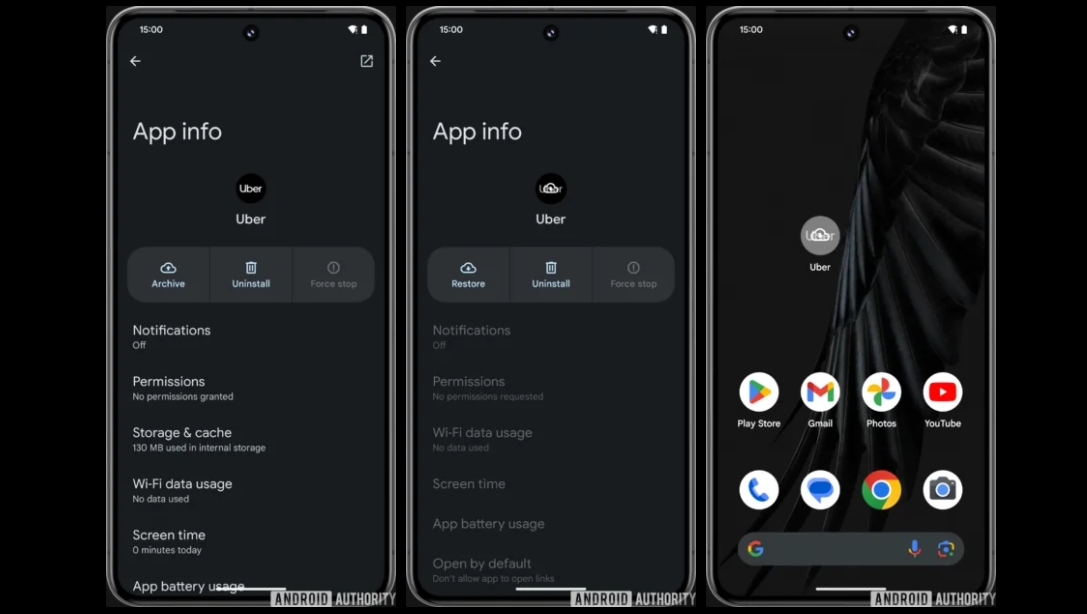
Android 14 already had an app archiving feature, in which the Google Play Store will automatically archive apps you don’t often use, in order to claw back storage space. But this version of it only works within the Play Store, and you can’t manually choose to archive an app.
With Android 15, you can choose which apps to archive – a process which removes part of the app without fully uninstalling it, so you don’t lose the icon on your home screen, and nor do you have to fully set it up again next time you launch it, but you can still get some storage space back.
Battery health percentage
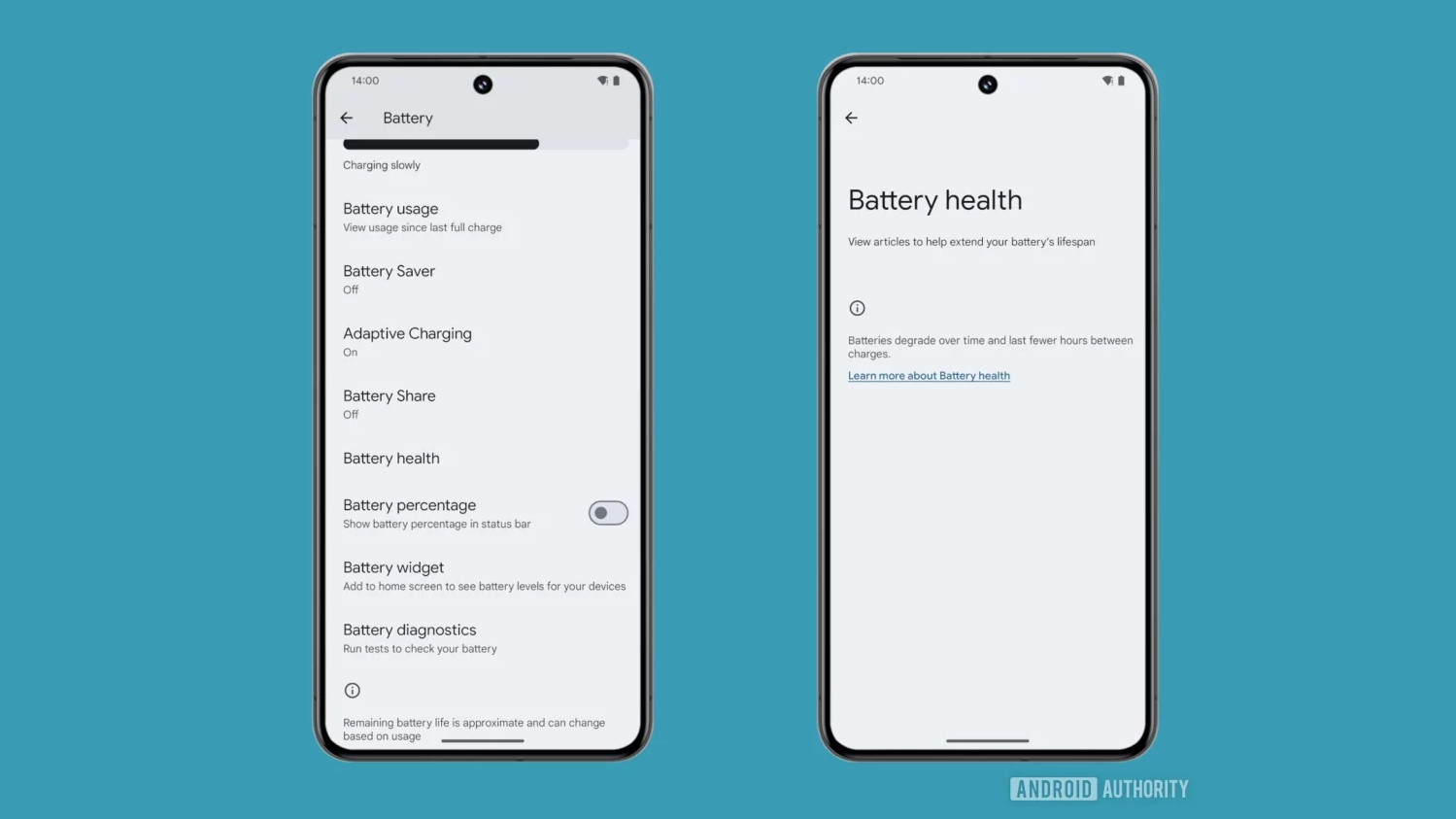
One small but extremely useful new feature we might see in Android 15 is a battery health percentage. This would allow you to see the estimated percentage of charge the battery can currently hold compared to when it was new, so you’d have a clear indication of how worn out your phone’s battery is.
That can be beneficial in particular when trying to diagnose whether increased battery drain is due to a worn-out battery of some misbehaving software.
It’s a feature you’ll already find in iOS, and an inactive version of it has been found hidden in an Android 14 update by Android Authority and Nail Sadykov (the editor of the Google News Telegram group). So, it’s definitely a feature Google is working on, and it's a likely candidate for Android 15.
That said, it wasn't available on day one, so it could arrive as a future update to Android 15.
An 80% charge limit
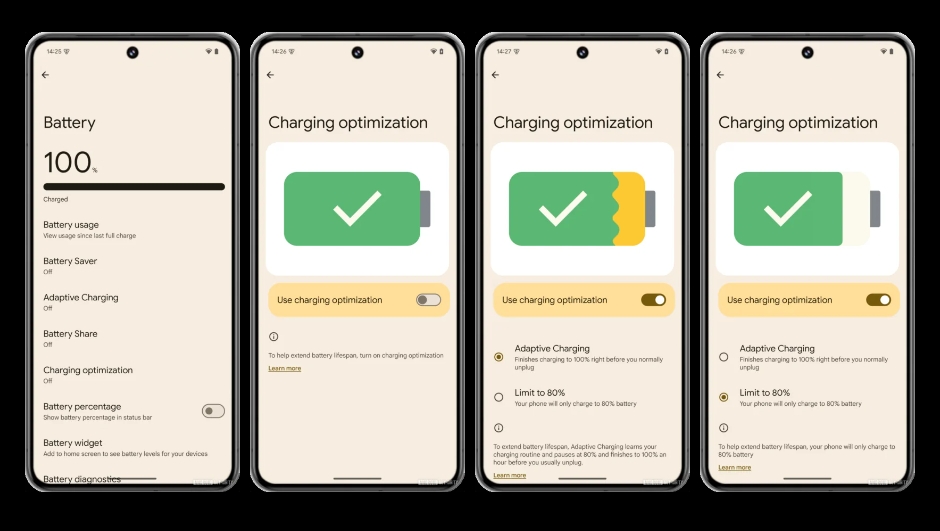
Also on the battery front, Android 15 comes with the ability to set an 80% charge limit. This can help maintain the health of your phone's battery, as overcharging is bad for a battery's longevity.
Partial screen recording
With Android 15, you can choose to only record certain apps when using the native screen recording feature. That means if you swipe away from the app, then whatever else you do on the phone won't be recorded.
Predictive Back
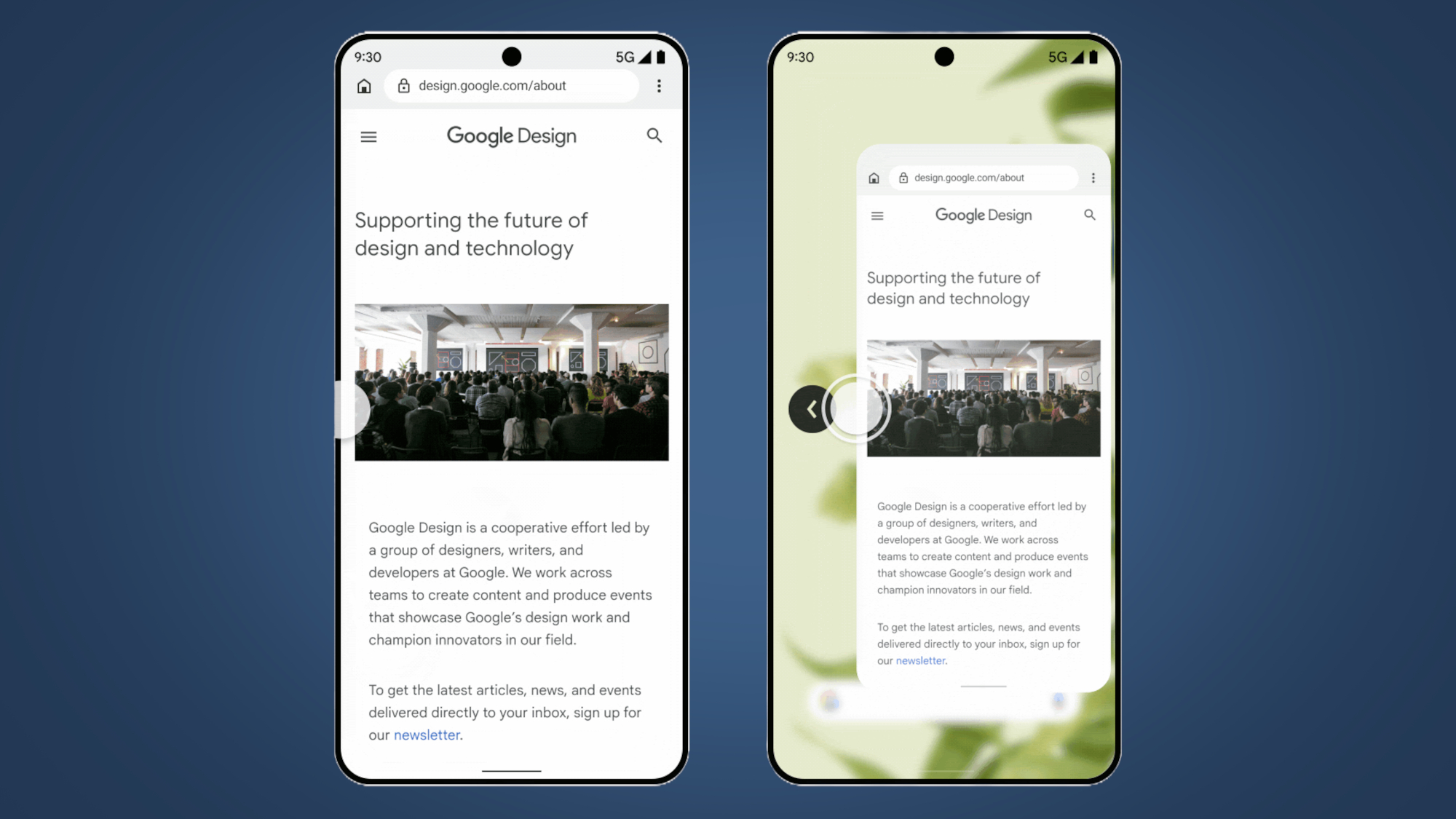
Another Android 15 feature is Predictive Back, which lets you preview the results of a gesture navigation before committing to them.
This feature technically already existed in Android 14, but it was an optional developer feature there. Now, gesture previews will occur by default in compatible apps.
Lock screen widgets

Android hasn’t natively supported lock screen widgets since Android 4.2, but they might be coming back with Android 15, as while it isn't available in the initial Android 15 release, a hidden ‘Communal Space’ feature has been found in an Android beta. Spotted by Android Authority, this unfinished feature would let you add widgets to a Communal Space on the lock screen.
However, there are a couple of big caveats here. First, there’s currently only support for Google Calendar, Google Clock, and the Google app, though it’s likely more apps would be supported in time for launch.
Second, this appears to currently only be designed for devices with Hub mode, which right now means just the Pixel Tablet. So it could be quite limited.
Bluetooth Auracast
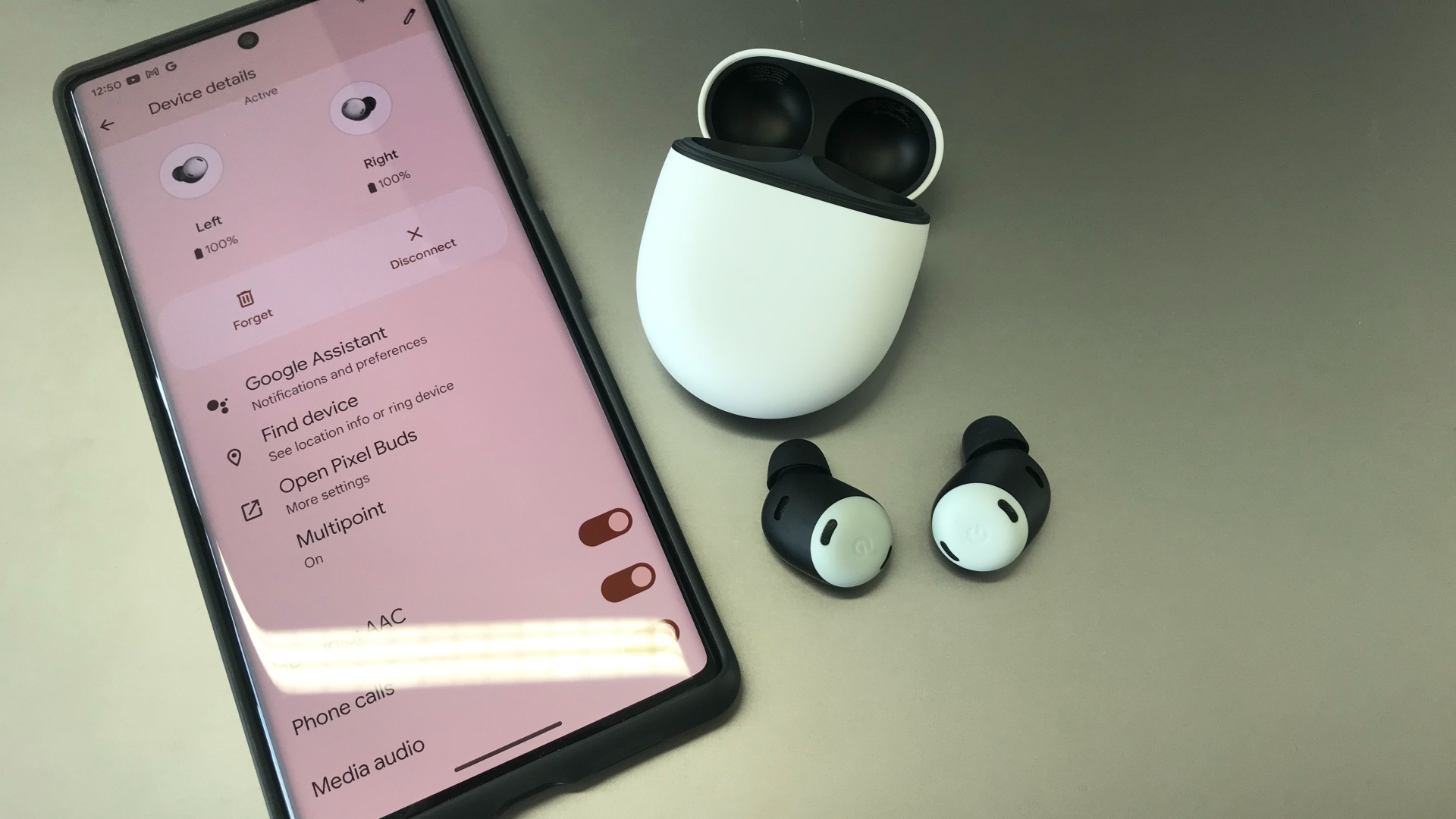
A recent Android 14 update has lots of code mentioning Bluetooth audio sharing hidden in it, which strongly suggests that Bluetooth Auracast support is in the works.
This is a feature that lets you share the audio you’re listening to on your phone – be it music, a podcast, or whatever else – with other people around you over Bluetooth. It allows multiple Bluetooth headphones or earphones to tune into the same audio stream, so you could for example listen to an album in sync with a friend.
The code that’s been spotted mentions the use of QR codes to let other people tune into what you’re listening to, so they wouldn’t have to go through the usual Bluetooth pairing process either.
Easy mode
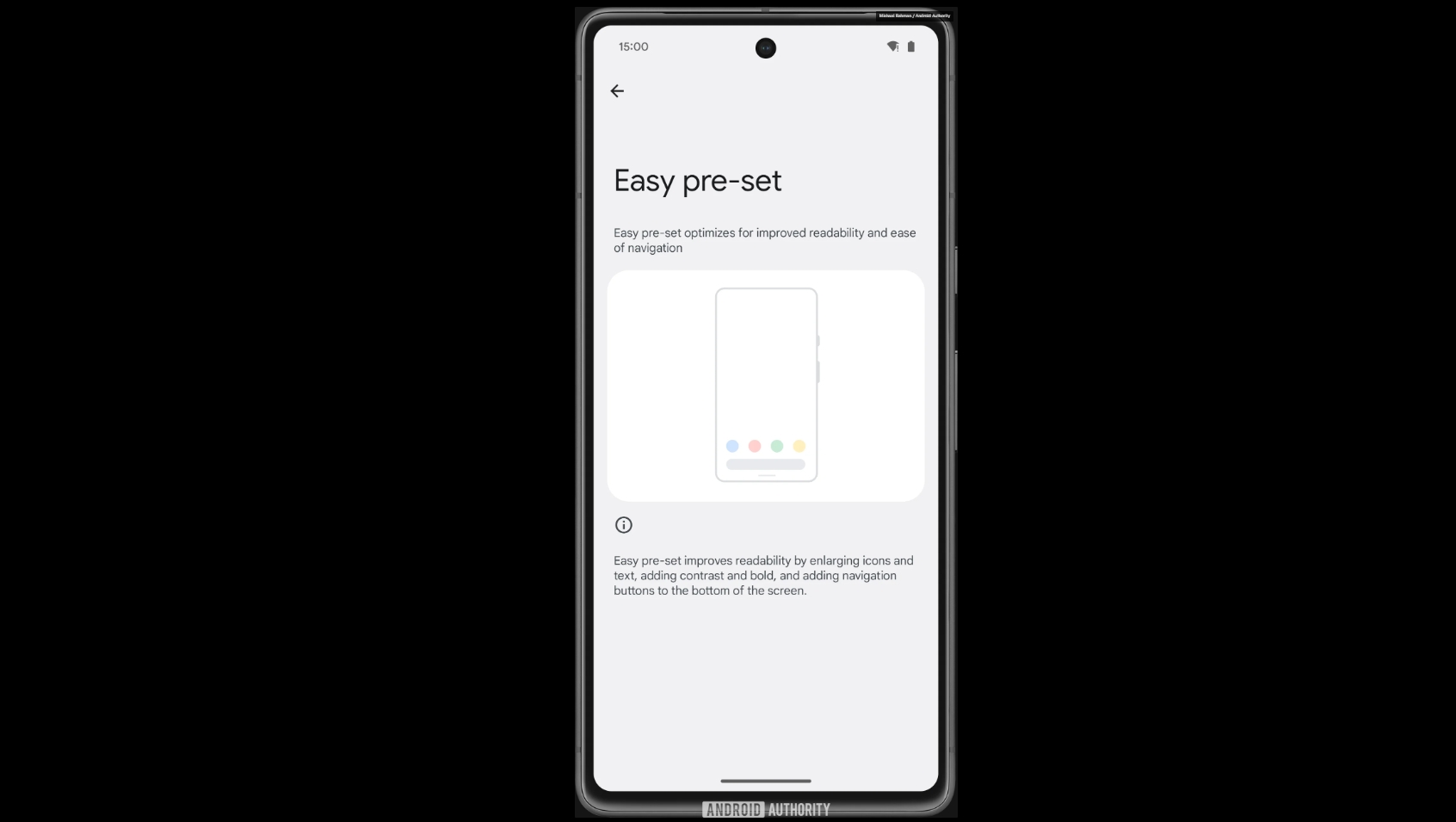
If you’re reading this then you probably don’t need Android to be any simpler, but some less tech savvy people in your life might, and Google is seemingly working on a feature to help with that.
A hidden settings page for a new feature called 'easy pre-set' has been spotted by Android Authority in a recent Android beta, and code strings explain that this feature would optimize the Android UI for “improved readability and ease of navigation,” by “enlarging icons and text, adding contrast and bold, and adding navigation buttons to the bottom of the screen.”
So, this would likely benefit not just those who are less comfortable with tech, but also people with impaired vision or dexterity. The feature doesn’t work yet, but it may well land as part of a future Android update.
A DeX-like desktop mode
We're not so sure we'll see this feature, but Android Authority reports that Google is working on a polished desktop mode that can be shown on an external display when you plug your phone in with a USB-C cable, and the site has also spotted that display output via USB-C has been activated on the Pixel 8 in a recent Android 14 beta.
This doesn't provide the rumored polished desktop experience, but it could be a step towards delivering that with a future Android update, be that an Android 15 feature drop or Android 16.
The ability to find lost offline devices
While Android already lets you track phones and other devices when they're online, we might finally be able to track offline devices with a future version of Android, going by some code spotted by Android Police.
This would work by keeping Bluetooth beacon signaling active, even when the phone is switched off.
Screen recorder alerts
Android 15 includes tools that let apps tell if the screen is being recorded, so you could potentially get alerted when your screen is being recorded, to ensure no one is invading your privacy. That said, it seems this relies on developers baking the feature into their apps.
Consistent volume
Another tweak in an Android 15 developer preview improves volume control, to help users "avoid audio loudness inconsistencies" across apps. So, in other words, the volumes of your various apps should be more consistent and need less adjustment.
This has since rolled out as a developer tool, so it requires developers to enable it in their apps.
Bug fixes
Android 15 of course also has plenty of bug fixes. In its release on Pixels, this includes a fix for an issue causing devices to reboot, a fix for an issue preventing connection with Bluetooth devices, and loads of other bug fixes.
You might also like
James is a freelance phones, tablets and wearables writer and sub-editor at TechRadar. He has a love for everything ‘smart’, from watches to lights, and can often be found arguing with AI assistants or drowning in the latest apps. James also contributes to 3G.co.uk, 4G.co.uk and 5G.co.uk and has written for T3, Digital Camera World, Clarity Media and others, with work on the web, in print and on TV.
You must confirm your public display name before commenting
Please logout and then login again, you will then be prompted to enter your display name.